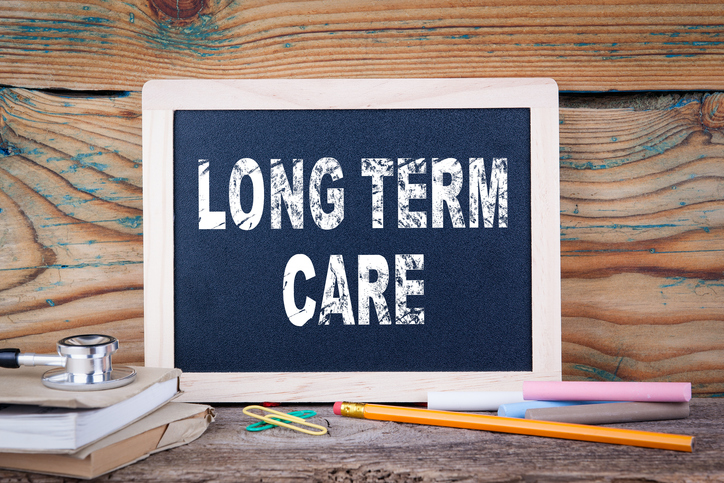Enhancing long-term care in Canada and Australia
Although Canada and Australia are on opposite sides of the world they share many of the same demographic similarities and challenges in meeting the growing demands for long-term care (LTC).
In a new report from Canada’s National Institute on Aging called Enhancing Care for Older Adults in Canada and Down Under, several approaches are identified to improve the services and delivery of LTC.
While Canada and Australia both offer publicly-funded health and LTC services, they have each taken a different approach to the organization, administration and funding of these systems.
“The challenge both countries face is to create LTC systems that have the capacity to coordinate and provide the care that millions of older Canadians and Australians will rely upon over the coming decades,” said Dr. Anna Grosse, Associate Fellow of the NIA and lead author of the report. “A health care system that recognizes, appreciates and accommodates individual needs, values, and preferences will become even more important for these ageing populations.”
In contrast to Canada, Australia has established a single LTC system that is regulated, accredited and primarily funded by the Australian Government from revenue generated through national taxation. My Aged Care (MAC) is Australia’s nationwide single point of access for all publicly available LTC services, including home-based LTC and care in LTC homes.
“One lesson that Australia can offer Canada is ensuring that there is publicly available information about LTC services, including the types of services provided, how to access them, their estimated waiting times, and anticipated costs,” said NIA’s Associate Fellow Dr. Kristina Kokorelias. “Greater transparency would provide Canadians with valuable information such as the personal costs associated with receiving LTC services.”
The report further highlights eight ways that Canada and Australia can learn from other countries around the world to improve the delivery of their LTC services including:
- Strategically investing more money into LTC systems to ensure their future sustainability.
- Prioritizing existing home support and reablement programs, and creating new home-based services, to ensure Canadians and Australians are supported to live in their own homes for as long as possible.
- Prioritizing the future development of ‘small home’ LTC home models over larger scale and institutional like facilities.
- Providing better compensation for LTC workers in addition to regulating working conditions, and offering adequate training, and opportunities for career advancement.
- Providing better support for unpaid caregivers, including developing policies that promote their physical, mental, emotional, social, and financial wellbeing and that recognize caregivers as individuals and not solely by their relationship to care recipients.
- Ensuring that all levels of government work together to better integrate health care and LTC, ensuring that services are accessible in both home and LTC home settings for older adults.
- Intentionally addressing systemic ageism across governmental and non-governmental domains.
- Empowering older Canadians and Australians to make informed decisions pertaining to their health and wellbeing.
“Several opportunities exist to improve the organization, governance, and delivery of LTC services in both Canada and Australia. The recommendations made throughout this report serve as a starting point,” says Dr. Samir Sinha, Director of Health Policy Research at the NIA. “Canada and Australia are ageing in similar ways. Both LTC systems offer opportunities to help meet the growing demands for long-term care.”
“As two nations on the opposite sides of the world, Canada and Australia’s LTC sectors are grappling with comparable dilemmas,” says Alyssa Brierley, Executive Director of the NIA. “Governments and policy makers have a duty to support older adults to not only live longer lives, but achieve a better overall quality of life.”
Older adults in both countries deserve comprehensive health and care services that meet their increasingly complex needs. Innovative LTC reforms, greater investment in the LTC sector and better support for unpaid caregivers are just some of the recommendations the report highlights to strengthen the delivery of LTC services for both countries.






